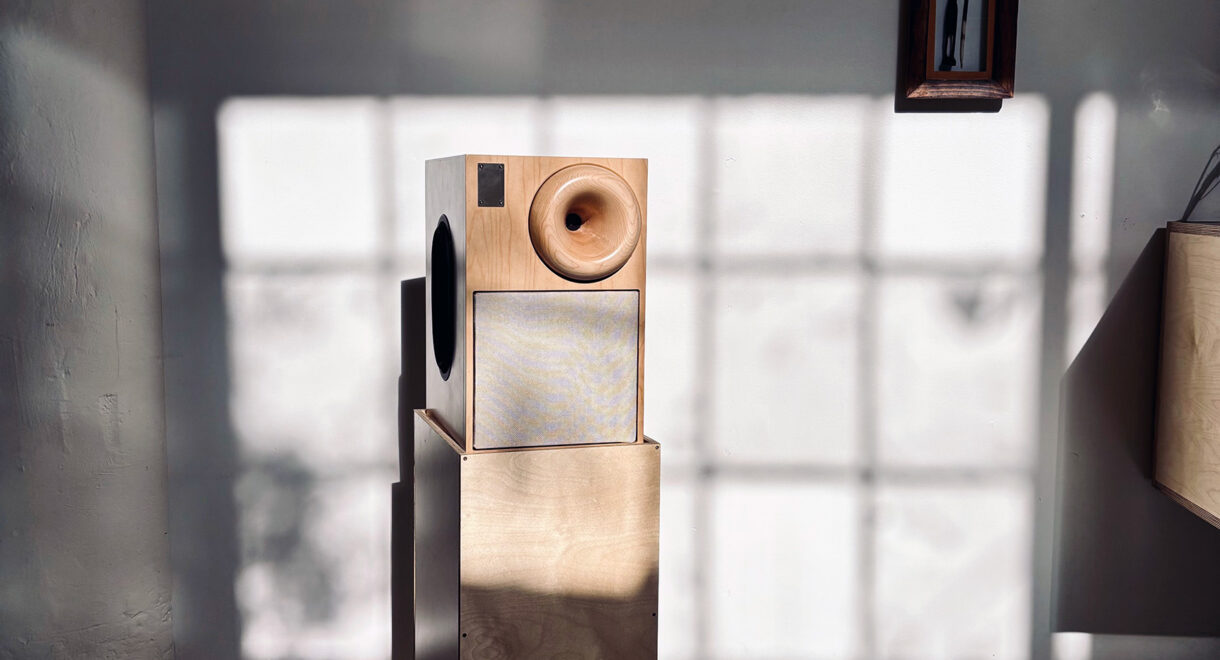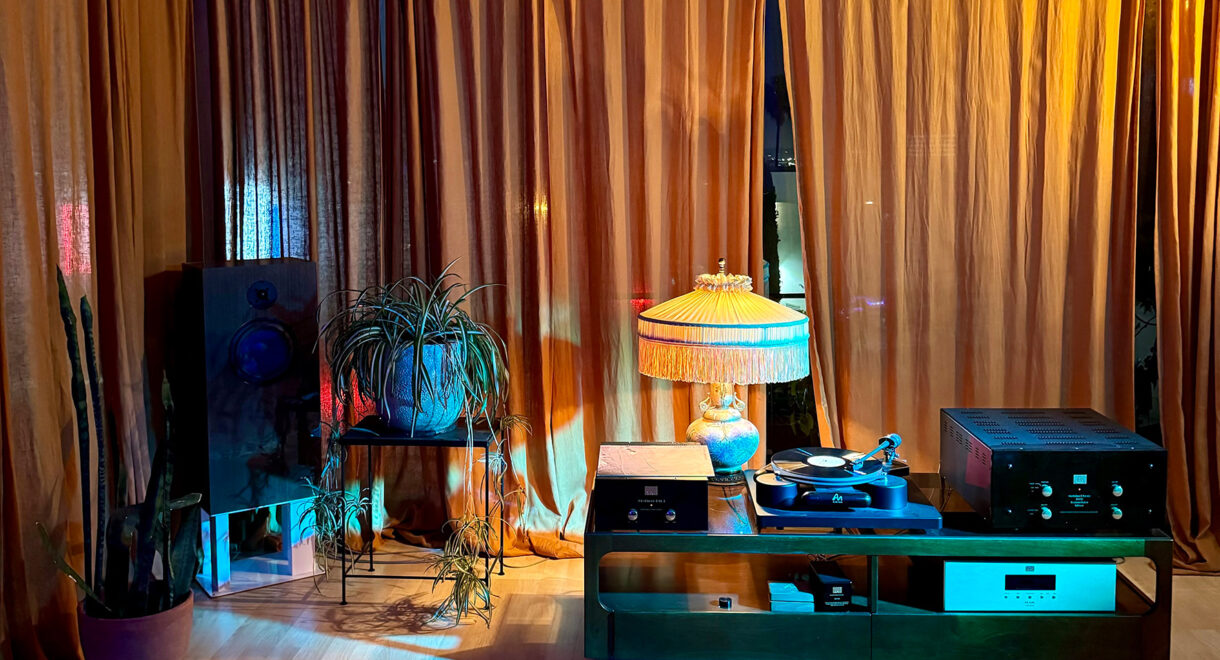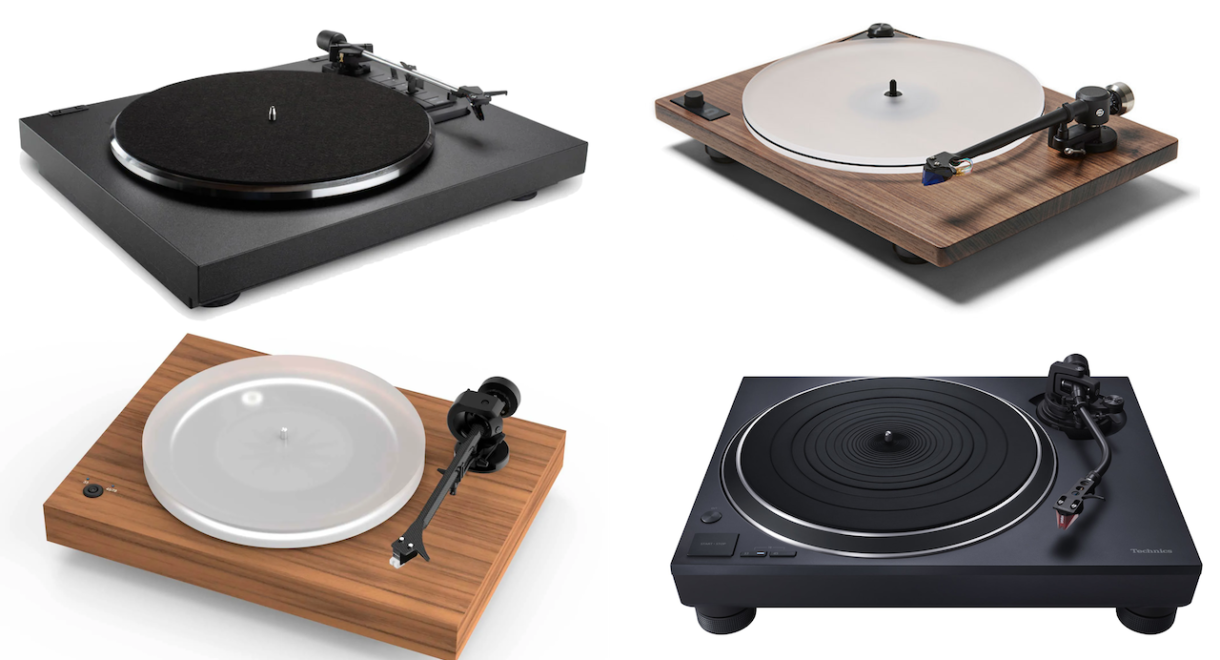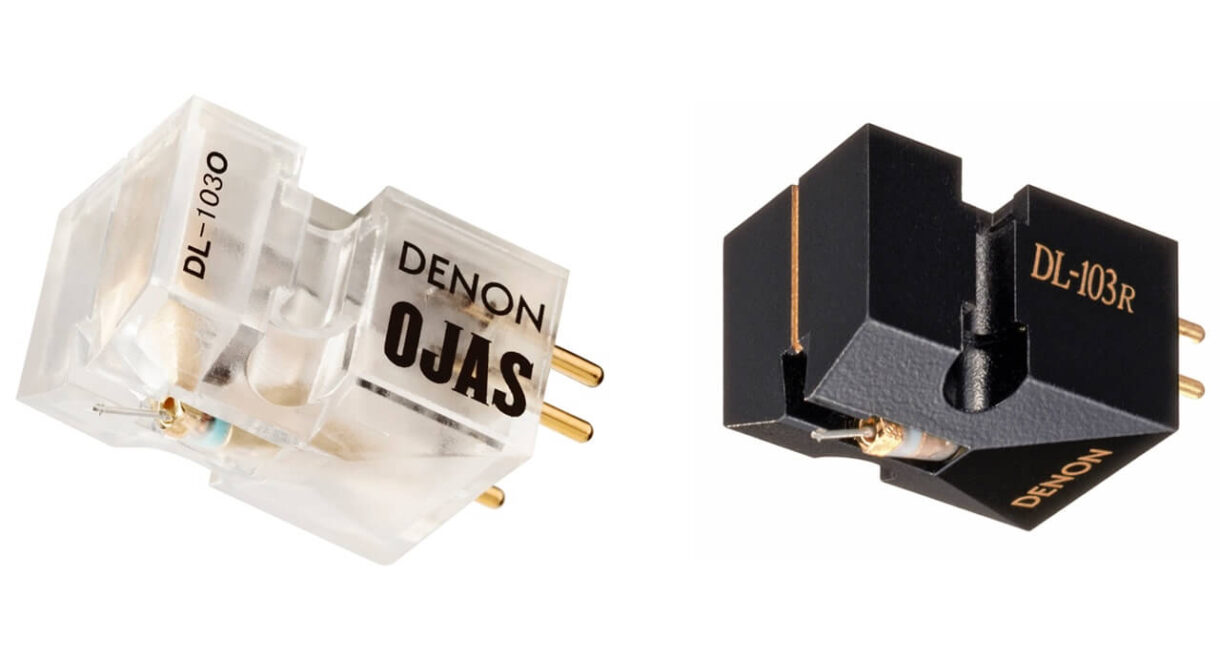Transparent clarity, deep bass, and “Invisible Sound” from German audio company ADS. Background: One of the lesser known hi-fi brands of the ’70s, ADS (Analog and Digital Systems) […]
In Conversation: Kamran V, the Arts Technologist Bringing Quadraphonic Sound to the Masses
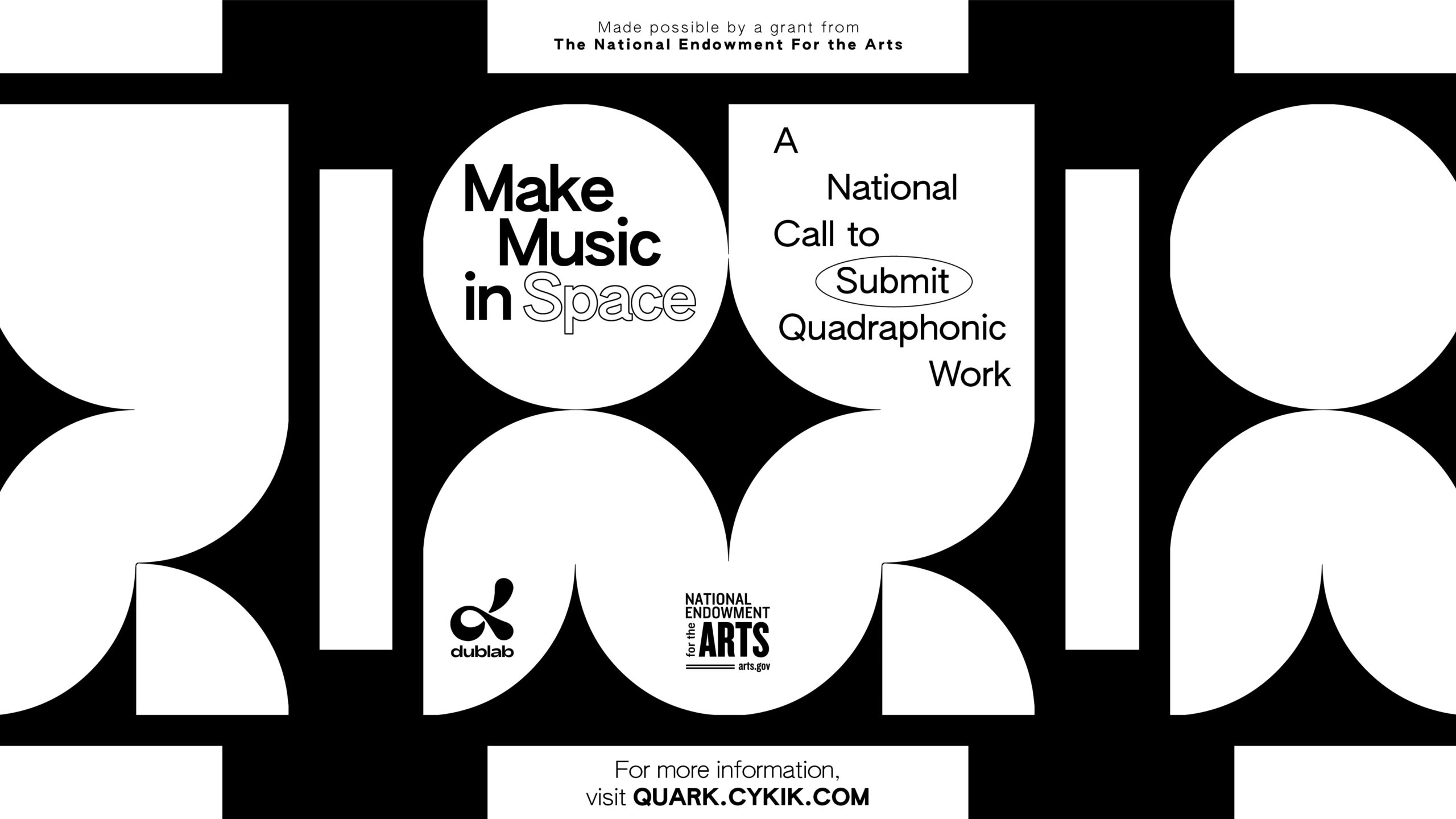
Phil Cho speaks to the artist behind dublab’s new Quadraphonic Universally Accessible Resource Kit (QUARK).
Kamran V builds bridges between technology and artistry. He’s a producer, sound artist, designer, and engineer who has been working with spatial sound since the early 2000’s. His work with Moogfest, Interscope and SONOS Studio has led to projects with artists as diverse as Beck, Nine Inch Nails and Suzanne Cianni. In 2018, his label CyKiK released Cianni’s LIVE Quadraphonic, the first quadraphonic vinyl release in more than 30 years.
Last year, through the support of the National Endowment of the Arts, Kamran collaborated with non-profit radio station dublab to develop the Quadraphonic Universally Accessible Resource Kit (QUARK), a free software plugin that allows music makers and listeners to easily create and distribute quadraphonic spatial sound.
The next phase of the effort continues with a project launching called Make Music in Space (MMS). MMS is a national call for submissions to develop immersive quadraphonic work utilizing QUARK. The first call for submissions opens today with the creative prompt “Breathing Space.” The review panel includes Suzanne Ciani, Laura Escudé, Laraaji, Craig Leon, and Timeboy.
Find more information about QUARK and Make Music in Space here: https://quark.cykik.com/
We spoke to Kamran about his history with spatial sound and why he believes the quadraphonic format can be a bridge to the future.
How did you first get into quadraphonic sound?
When I was a kid, you’d have your A&B speakers on your receiver, and I remember borrowing my brother’s or my parents’ speakers to have 2 speakers on each channel. Later on, I got a boombox and would route that to the other channels to create a pseudo-surround experience. It wasn’t really any sort of real surround sound, but these early experiments allowed me to perceive sound in a new way and get my brain exploring the possibilities.
My first proper surround experience was through my neighbor Ron Smith who had a real surround sound receiver, playing a scene from his Top Gun VHS. Then being from Oklahoma, I heard the Flaming Lips doing the experiments leading to Zaireeka. It blew my mind.
Years later, I was able to produce some surround sound records while working at Interscope and started to research quadraphonic releases of the 1970s. Before then, I’d always known that quad records and eight tracks existed but never really tangibly thought of it. I’m sure that’s what many people think of quad today; some old format from the 1970s.
However, it wasn’t until I was producing Moogfest that I got deep into true quadraphonic sound. Inspired by Suzanne Cianni’s sudden return to the quad-native buchla synth after 40 years away, I really dove in head first. We already had artists challenging themselves with 3-5 hour “durational performances” at Moogfest and then decided to take it one step further, making them quadraphonic. It was really fun.

For those that aren’t familiar, can you give a basic background on quadraphonic sound?
There are two concepts to consider when thinking about quad. First, there’s the idea of sending audio to four discreet speakers. This has been around for a long time and the Buchla 200 synth that Suzanne is known for using pioneered this concept in performance in the ‘60s.

Then there’s the method of how to get more than two channels of audio on two channel formats like vinyl and radio… In the late 60s the ideas around this came about and several companies got into this part, the most widely used method was a way to use audio phasing to fold two channels into four channels then using a magic box to unfold the two channels back to four.

When you see records that say that they’re in quad, many of which were usually the QS or SQ formats. It was kind of a VHS vs Beta kind of situation. QS was the better performing Japanese format and SQ was the American one with more releases. Same story… in the end, everyone failed until Dolby applied all of this stuff to film. This is how my neighbor Ron Smith was able to get surround sound out of his Top Gun VHS tape.
How difficult was it to set up those quadraphonic performances back then at Moogfest?
Doing quadraphonic now versus doing it in the 1960’s is drastically different. Probably the biggest difference is that now we have these vector based computer panners where in the past you had to mechanically pan things or use voltage controls, which is what Suzanne does with her Buchla 227 module in her Buchla 200 synth.
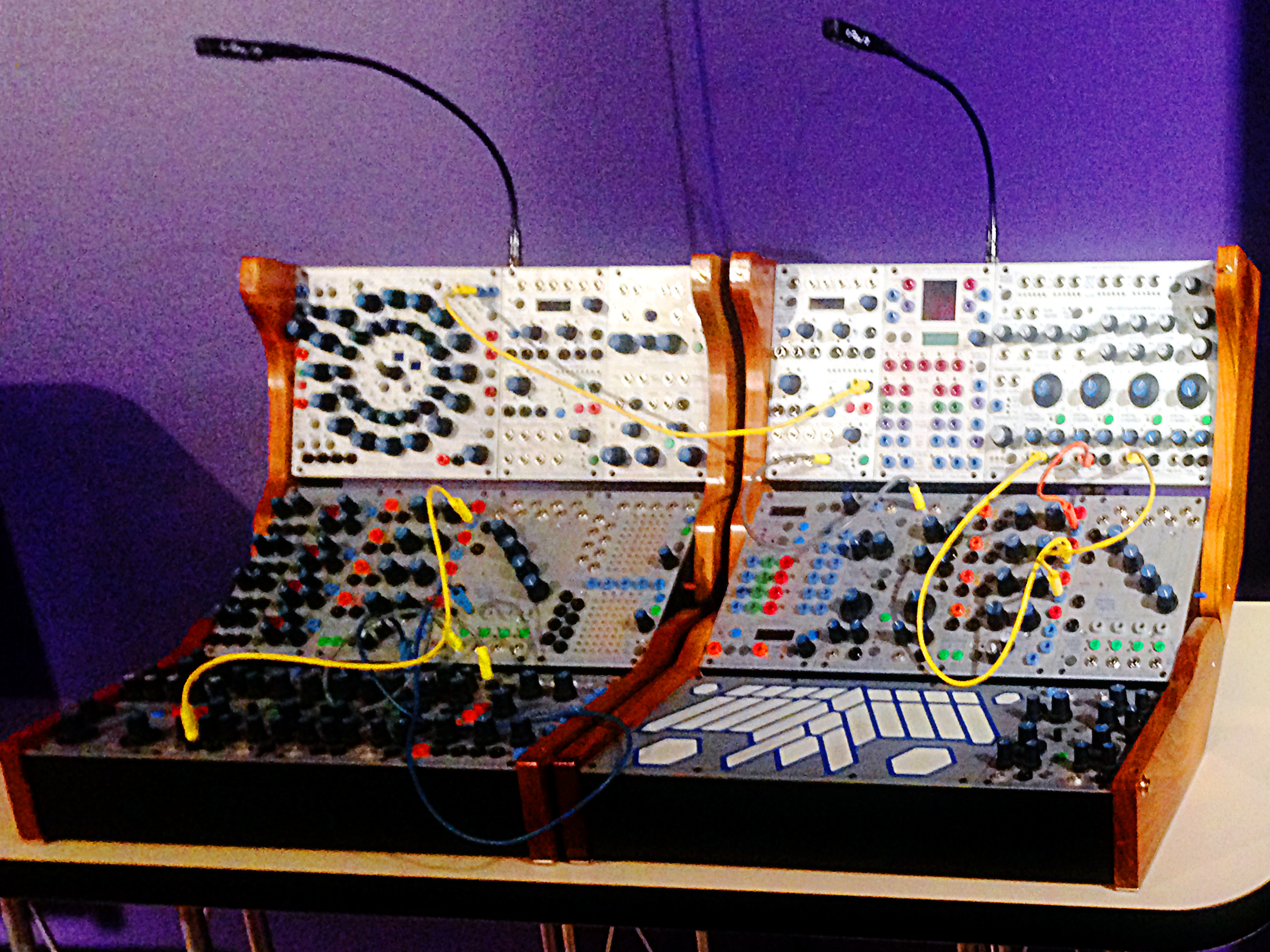
The Buchla 227 is a quadraphonic module invented by Don Buchla that allows you to route audio signals based on voltage. It was just very difficult to do quadraphonic in the past. Today, now that we have these programs, it’s much easier. Most of the audio interfaces have four outputs or more, you just have to know how to route it. It’s just a matter of getting your brain wired to it.
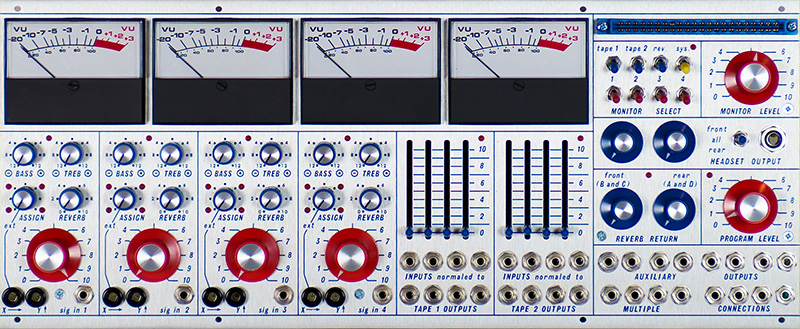
During my time doing Moogfest, I had this epiphany while on a trip to Athens, Georgia. I was traveling with a friend who I was working with at Moogfest and one of his close friends had just passed. We did an installation of Suzanne’s work in a massive field. I had a really crazy, emotional experience listening to the sounds while watching my friend mourn, and all of a sudden something Suzanne told me clicked. She said “Quad is musical.” All of that inspiration showed me the way forward and how this old format could build a bridge to the future.
Tell us about the new Quadraphonic Universally Accessible Resource Kit (QUARK) that you’ve developed in collaboration with dublab.
QUARK is a free software plugin which encodes and decodes Quadraphonic spatial sound in real time, allowing anyone to easily distribute Quadraphonic music through all existing media including vinyl, radio, streaming video such as YouTube and music services such as iTunes and Spotify. The thesis of it is to create opportunities for music makers in all kinds of paths in spatial sound like VR, for instance.
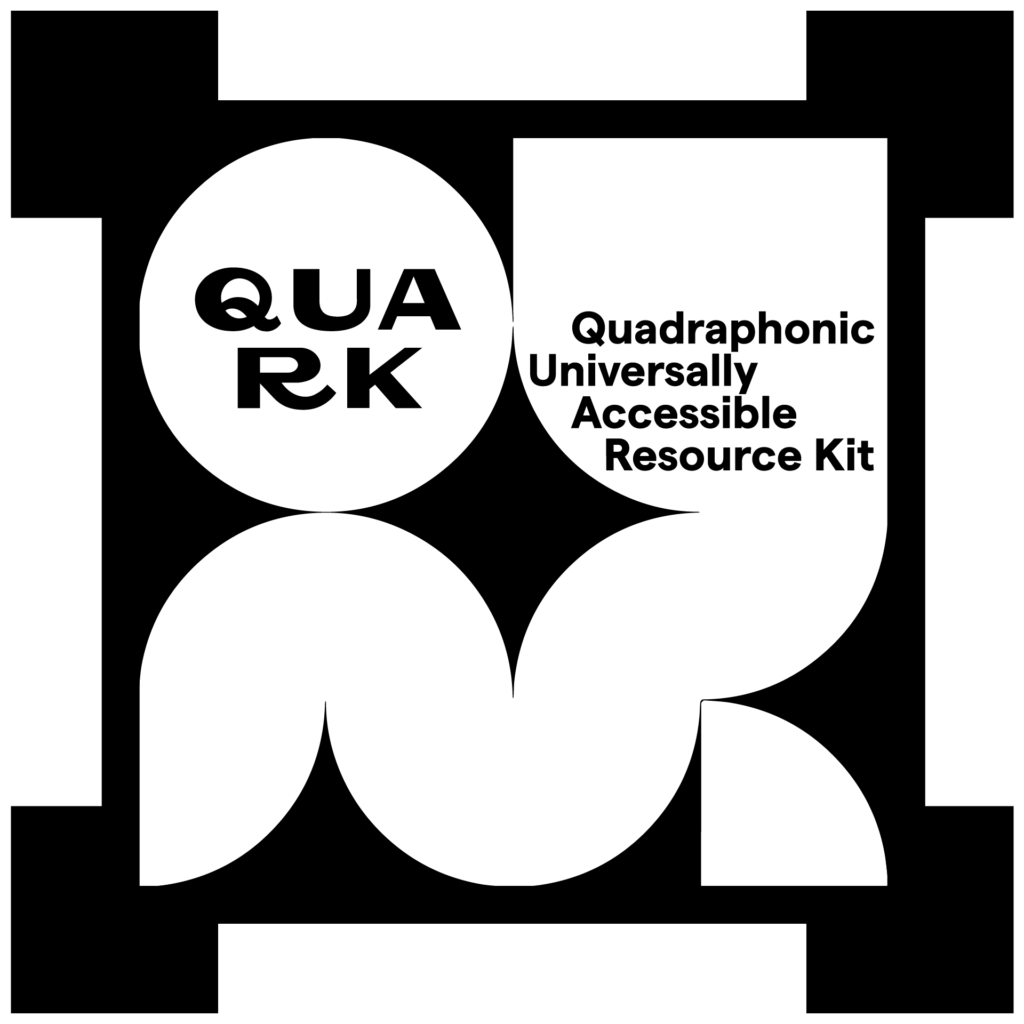
We’re getting closer and closer to this virtual world. As these worlds are being made, there’s more and more interest or demand for creating a similar vibe in those spaces that we had in real life. Spatial music is one of those components. If people are making music today and want to have opportunities now and into the future, if they just start making their music with quad as their master, then it opens up a lot of possibilities for VR, Dolby Atmos, etc. and all they’re doing is using QUARK to make their music fit current distribution channels while preparing their music for future opportunities.
The musicality of it is that it’s more accessible, that’s what clicked in my mind working with Suzanne. It’s more natural to think in this way.
Doing spatial music seems so complicated and unattainable. It’s like I want to make my song and I want to put it out so people can hear it easily on Spotify, for instance. I also want to do spatial music but I don’t want to have to do a whole other mix of my song for that. The QUARK plugin allows you to start your creative process in quadraphonic space with the benefit of these amazing vector based panners allowing you to potentially render your music to as many channels as you want. Hypothetically, all of these phantom centers in your quad studio could be real speakers in Atmos, if you want. QUARK makes it easy for you as a creative person to commit to making spatial music from the start of the process, and do it in the simplest way possible; with four speakers.
You’ve said in previous interviews that the quadraphonic format lends itself much better to music making. Why is that?
To me, it’s the simplification. It’s easier to translate your emotion into four channels than six channels (5.1). As a listener, it’s also less intimidating. The musicality of it is that it’s more accessible, that’s what clicked in my mind working with Suzanne. It’s more natural to think in this way.
When I was working at Interscope, I made a few records in 5.1 surround sound with Beck and Nine Inch Nails. It was so much work and also just so difficult for people to think in surround sound. I realized the second you remove the center speaker and the sub as something to think about, it just opens your mind. You can think of four speakers better than you can think of 5.1. It’s just a weird psychological twist.
The technology for quadraphonic has been around since the 60’s but sometimes, like in this case, it takes looking back to be able to look forward. Sometimes, we forget to look back at these things. I think on an emotional or even cultural standpoint, this is where quadraphonic seems to resonate, it just feels more natural.
You released Suzanne Cianni's amazing LIVE Quadraphonic album a few years ago. Any other upcoming projects/releases you’d like to share?
I’m working on a quadraphonic record with Patrick Gleeson. It’s a jazz record but it’s far out! He really did a lot of the hard work inspiring people through his albums with Herbie Hancock. He’s been in the middle of a lot of pivotal things. I don’t why, but I’m working with a lot of legendary musical veterans like Suzanne, Gleeson, and Morton Subotnick. It’s shocking how on-it they are with the technology. All of them are just going for it. I hope I’m that with it as I get older.
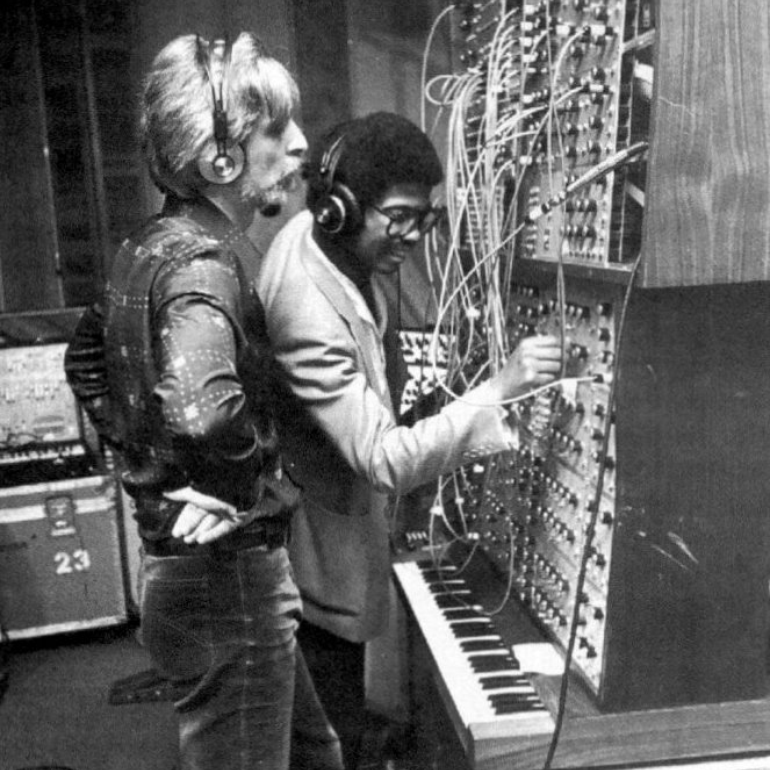
I have another project coming out with Bedrock.LA and dublab called decades (in space) that’s all quadraphonic. It’s ten songs by twenty artists, because it was Bedrock’s 10th anniversary and dublab’s 20th. Emily from Warpaint and Suzanne Cianni did one. Laura Escudé and Sudan Archives did one. Laraaji and Beatie Wolfe… It’s all completely original compositions. Part of the idea was challenging these artists and giving them license to go outside of their usual realm. It may be the first compilation album of music made specifically for quadraphonic listening.
Lastly, what are a few albums you wish were available in quadraphonic?
I’ve actually talked with some labels about releasing old stuff in quadraphonic. Personally, I’d love to do Beastie Boys’ The In Sound from Way Out!, Beck’s Midnight Vultures, Public Enemy’s Fear of a Black Planet, or anything Prince… It starts to be really fun to rediscover music in that way. You see that already with the way they’ve remixed old catalogs from Elton John, Bowie, etc. It’s happening, but very specifically. It’s all very sales oriented and expensive, but this plugin will hopefully make things less expensive and accessible to more artists.





